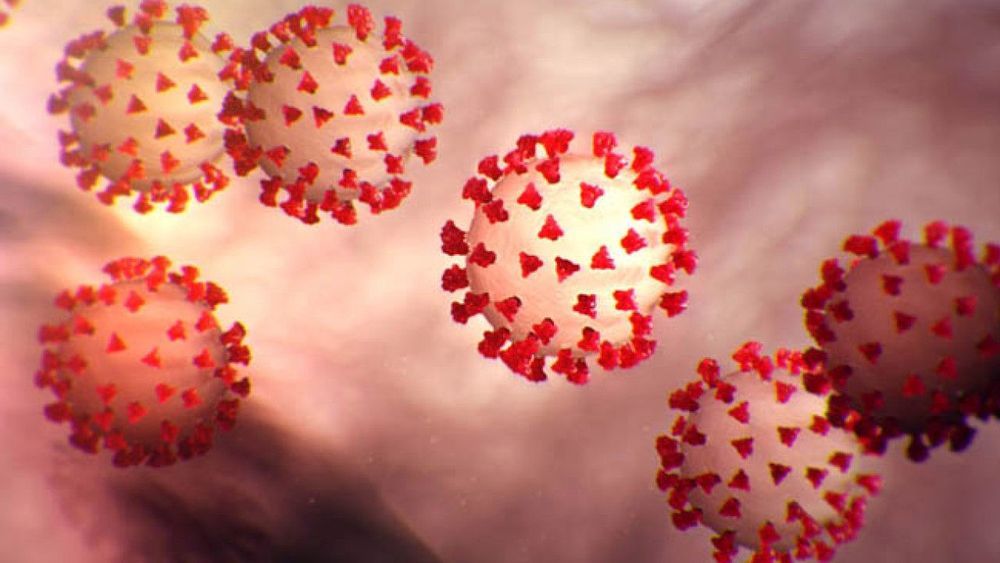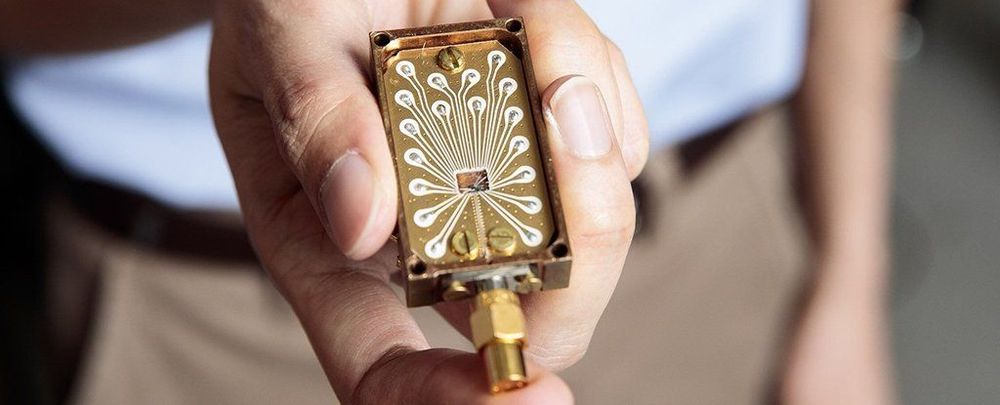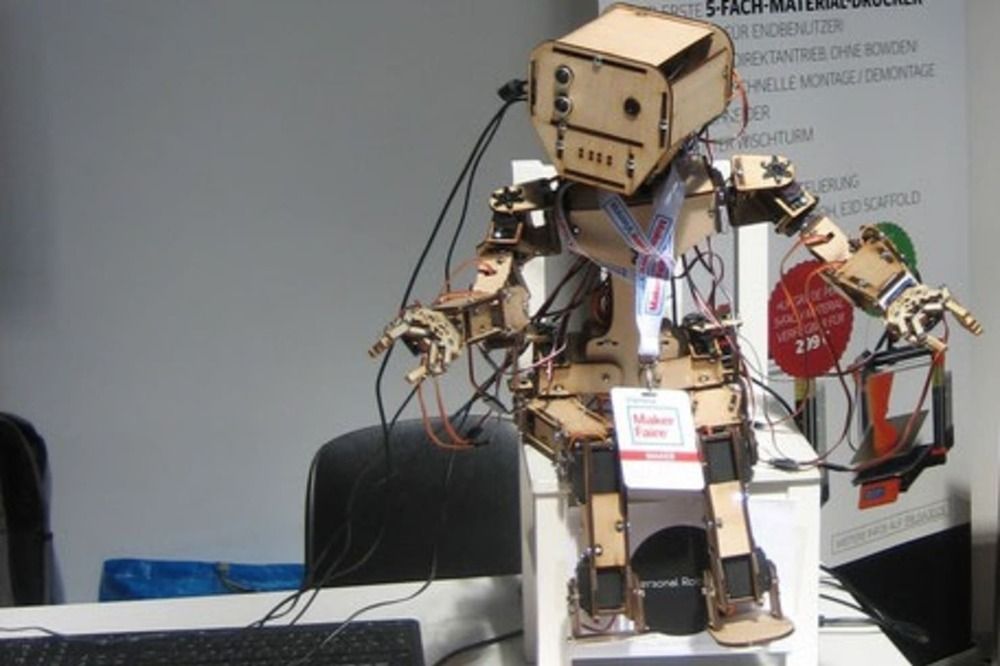This is a disorienting time. Disagreements are deep, factions stubborn, the common reality crumbling. Technology is changing who we are and the society we live in at a blinding pace. How can we make sense out of these changes? How can we forge new tools to guide our future? What is our new identity in this changing world?
Social upheavals caused by new technologies have occurred throughout history. When the Spaniards arrived in the New World in 1492, some of their horses esca…
Our world is a system, in which physical and social technologies co-evolve. How can we shape a process we don’t control?







